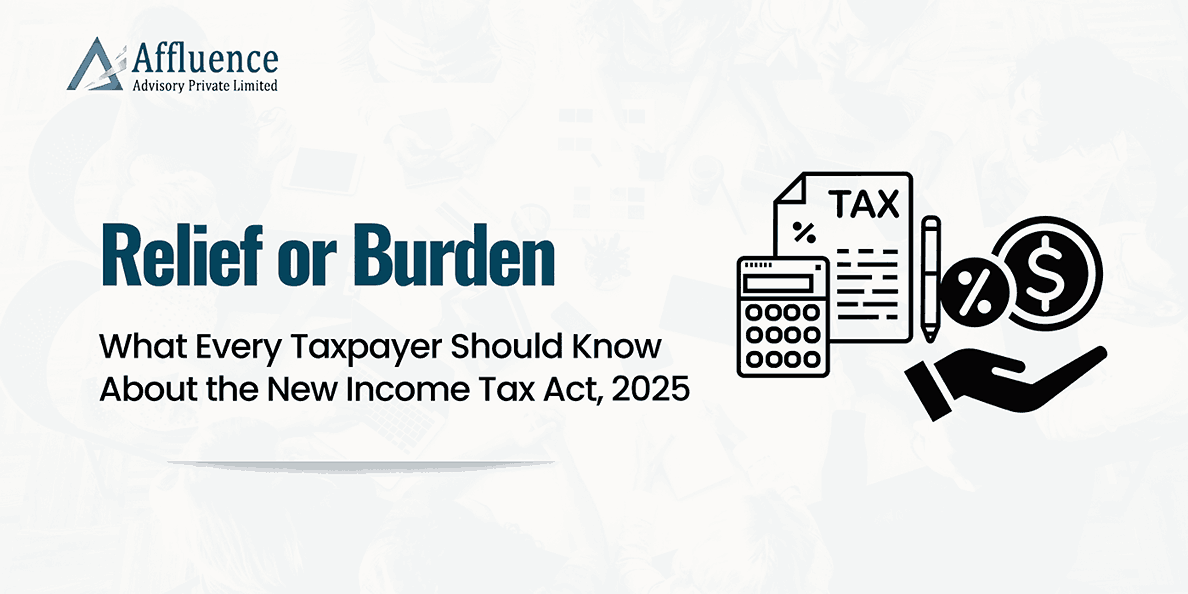Introduction:
Reduction of share capital is a process by which a company decreases it’s issued, subscribed, or paid-up share capital. This can be undertaken for various purposes, including restructuring, correcting an overcapitalized balance sheet, or returning excess funds to shareholders. Under the Companies Act, 2013, the reduction of share capital requires the approval of the National Company Law Tribunal (NCLT) as per the provisions of the mentioned in the Act.
Legal Framework:
The reduction of share capital is governed by Section 66 of the Companies Act, 2013 read with The National Company Law Tribunal (Procedure for reduction of share capital of Company) Rules, 2016 which lays down the procedures, requirements, and conditions for reducing share capital.
Reasons for Reduction of Share Capital:
Reduction of share capital can be carried out for various reasons, including but not limited to:
- Return of Excess Paid-up Capital:
When the company has surplus paid-up capital that is not being utilized, it can be returned to shareholders. This is beneficial as dividends are paid on paid-up capital, and retaining unnecessary capital increases the company’s financial burden.
Also Read: Forfeiture of Shares: Guide to the Process and Implications
- Cancellation of Uncalled Share Capital:
Share capital that has been issued but not called for payment can be cancelled to streamline the company’s capital structure and reflect actual capital requirements. For example, partly paid shares can be made fully paid without calling for balance call money and accordingly reducing the face value of shares.
- Cancellation of Unpaid Share Capital:
The unpaid portion of the share capital that shareholders are yet to pay can be cancelled to reduce liabilities and simplify financial accounts.
- Adjustment for Capital Lost or Diminished:
When the company’s assets lose value (reflected as a reduction in book value), the company can adjust its share capital by returning the reduced amount to shareholders. This aligns the share capital with the actual value of the company’s assets.
Procedure for Reduction of Share Capital:
Board Meeting & Special Resolution
- Board Approval: The Company’s Board of Directors must approve the proposal to reduce share capital.
- Special Resolution: A special resolution (approved by at least 75% of shareholders) must be passed at a general meeting to approve the reduction. The resolution should specify the method and extent of the reduction.
Filing of Application for Reduction of Share Capital with NCLT:
- Form and Fee:
An application to the Tribunal for confirming a reduction of share capital must be made in Form RSC-1, along with the applicable fee as prescribed in the fee schedule i.e., Rs. 5000/-
- Accompanying Documents:
The application should be accompanied by the following documents:
- Special resolution copy.
- Memorandum of association and articles of association.
- List of Creditors: A list, certified by the Managing Director (or two directors), showing creditor details (name, address, amounts owed), dated no more than 15 days before filing.
- Auditor’s Certificate on Creditor List: A certificate from the company’s auditor verifying the accuracy of the creditor list.
- No Arrears Declaration: A certificate from the auditor and a director’s declaration confirming that the company has no pending deposits or interest arrears.
- Accounting Treatment Compliance: A certificate from the auditor confirming that the proposed accounting treatment for share capital reduction complies with Section 133 of the Companies Act or relevant provisions.
Issuance of Notices and Directions by NCLT for Reduction of Share Capital:
- Notice by Tribunal:
Within 15 days of receiving the application (Form RSC-1), the Tribunal will issue notices or direct that notice to be given in:
- Form RSC-2: To the Central Government and Registrar of Companies (RoC) in all cases.
- Form RSC-2: To SEBI, if the company is listed.
And Direct the Company to send Notices to each creditor (as per the submitted list) must be within 7 days of the Tribunal’s direction in form Form RSC-3. The notice will include:
- Details of the proposed reduction of share capital including an amount.
- The amount owed to the creditor or contingent claim, if any.
- A deadline for sending objections.
Public Notice:
The Tribunal will direct the company to publish a notice in Form RSC-4 within 7 days from the directions given by the tribunal in:
- A widely circulated English newspaper.
- A widely circulated vernacular newspaper in the state of the registered office.
- The company’s website (if applicable).
The notice will invite creditor objections and provide hearing details.
The notice must mention:
- The amount of share capital reduction.
- Locations where the creditor list can be inspected.
- The deadline (fixed by the Tribunal) for submitting objections.
Creditors must file objections within 3 months of the notice publication and serve a copy to the company
Affidavit of Compliance:
The company must file an affidavit in Form RSC-5 within 7 days of sending notices and publishing the advertisement, confirming compliance.
Exemption from Notice:
If the Tribunal is satisfied that all creditor claims are resolved, secured, or consented to, it can waive the requirement to send notices or publish advertisements.
Representations by Authorities and Creditors:
Authorities (Central Government, Registrar, SEBI) or creditors can send their representations to the Tribunal within 3 months of receiving the notice. A copy must also be sent to the company. If no representation is made within this period, it is presumed there are no objections to the reduction of share capital.
Handling Representations and Objections:
- Submission: The Company submits objections and responses to the Tribunal within 7 days after the objection period.
- Tribunal Directions: The Tribunal may order inquiries, hearings, or claim adjudication.
- Securing Claims: The Tribunal can direct the company to secure non-consenting creditors’ claims and adjourn hearings for compliance.
Order on Reduction of Share Capital:
- The Tribunal’s order confirming the reduction and approving the minute [formal written document that records the details of the reduction of share capital] may include conditions it finds appropriate.
- The order shall be issued in Form RSC-6.
- The Registrar’s certificate for the reduction will be issued in Form RSC-7.
Practical Case:
In recent years, several companies have undergone share capital reduction through the National Company Law Tribunal (NCLT). Notable case include:
- Mahindra Homes Private Limited (MHPL): In November 2024, the NCLT approved MHPL’s proposal to reduce its equity share capital.
Conclusion:
- Benefits of Share Capital Reduction:
Reduction of share capital offers significant benefits to companies, such as improving financial ratios, returning surplus funds to shareholders, and aligning the company’s capital base with its actual requirements. It can also help increase shareholder value by improving earnings per share (EPS).
- Tribunal’s Oversight and Protection of Interests:
The involvement of NCLT ensures that the process is conducted transparently and legally. The Tribunal balances the interests of both shareholders and creditors, making sure that creditors’ rights are protected before confirming the reduction of share capital.
- Strategic Financial Tool:
Reduction of share capital, when carried out properly, serves as an effective tool for a company to restructure its finances, improve its financial health, and return value to shareholders. It is a carefully regulated process that allows companies to maintain optimal capital structure while ensuring legal compliance and fairness.
- Future Outlook:
With growing awareness and increasing financial flexibility, more companies may consider share capital reduction as a strategy for improving their capital structure. As the regulatory environment evolves, the NCLT will continue to play a crucial role in facilitating and supervising these financial adjustments.
Disclaimer: This article provides general information existing at the time of preparation and we take no responsibility to update it with the subsequent changes in the law. The article is intended as a news update and Affluence Advisory neither assumes nor accepts any responsibility for any loss arising to any person acting or refraining from acting as a result of any material contained in this article. It is recommended that professional advice be taken based on specific facts and circumstances. This article does not substitute the need to refer to the original pronouncement.
CLICK HERE DOWNLOAD PDF











